On the 16th of Cheshvan 5699, on the night between the 9th and 10th of November 1939, the events known as "Kristallnacht" took place in Germany and Austria: mass pogroms against the Jews at the behest of the Nazi Party and with the participation of collaborators. These events marked the beginning of the Holocaust of European Jewry.
During the pogrom, hundreds of synagogues were burned, Jewish owned stores were looted, and private homes of Jews were attacked. 4...[Read more]
On the 16th of Cheshvan 5699, on the night between the 9th and 10th of November 1939, the events known as "Kristallnacht" took place in Germany and Austria: mass pogroms against the Jews at the behest of the Nazi Party and with the participation of collaborators. These events marked the beginning of the Holocaust of European Jewry.
During the pogrom, hundreds of synagogues were burned, Jewish owned stores were looted, and private homes of Jews were attacked. 400 Jews were murdered, and about 30,000 Jews were sent to concentration camps. The streets were filled with shards of glass from the many shattered windows, hence the name “Kristallnacht” (Crystal Night).
It was the first time that German Jews were rioted against on such a large scale, and such mass arrests were made. On November 10th, the violent attacks ended officially, but they continued unofficially in many places for a few more days. In Austria, the pogrom only began on the morning of November 10th, but was particularly severe. Many arrests were made, and 4,600 Jews from Vienna were among those sent to Dachau.
The official cause of the events was a diplomatic incident that occurred at the German embassy in Paris. A 17-year-old Jewish youth named Herschel Greenspan, who was staying in Paris, received a letter in which he was told that his family, which was of Polish origin, was deported from Germany to Poland along with over 12,000 other Jews. The Polish government refused to accept them, and they were concentrated in the town of Zbaszyn on the Polish-German border. The letter described the journey of suffering and torment that his family went through, and the angry and pained young man decided to assassinate a junior official at the German embassy, Ernst vom Rath, in revenge.
The act provoked the wrath of the Nazi Party, which used the opportunity to inflame the passions against the Jews even more and to deepen the hatred and slander. Two days later, on the 9th of November, Joseph Goebbels (the propaganda minister) convened the party activists and the SS soldiers with the aim of igniting an initiated pogrom against the Jews. After this, disturbances were reported as a spontaneous outbreaks of riots against the Jews.
Despite the angry reactions around the world, and the decision of several countries to sever diplomatic ties with Germany, the Germans came to see that the world's response to the murder of Jews was not decisive and significant, and that harming the Jews will not lead to decisive steps in the international arena. This is how the road was paved for the extermination of the Jews of Europe, with Germany committing the atrocities and the surrounding world keeping silent. Kristallnacht was a turning point in the Nazi attitude towards the Jews: the antisemitic legislation and propaganda was replaced by a policy of terror and physical harm to the Jews.
The goals that the Nazis had in mind when they rioted were achieved to a large extent: Jewish immigration from Germany intensified following the difficult events and approximately 80,000 Jews left the territory of the Reich in the period between the end of 1938 and the outbreak of World War II. The process of “Aryanization” - the removal of the Jews from the German economy - was also greatly accelerated after Kristallnacht, as a collective punishment for the Jews' “harm” to the economy since the financial damages of Kristallnacht were very heavy. Instead of the rioters being blamed for the destruction they caused, the Jews were blamed for it, since by their actions they supposedly brought the pogroms upon themselves.
The events of Kristallnacht were more than a violent and horrifying outburst of antisemitic feelings. This night was a turning point, setting a new record in the boldness of the Nazi regime and its willingness to institutionalize violence against the Jews and mobilize German law for that purpose. Until Kristallnacht, the steps of the Nazi regime were characterized by a gradual policy of trial and error, while constantly checking the public reactions. This policy was based on the denial of civil rights within a constitutional framework, such as the "Nuremberg Laws" (in September 1935). On Kristallnacht, it was the first time that restraint was unleashed and the connection between the system of government and law and physical violence was made. This pattern of institutionalized and public violence would henceforth form the heart of Nazi policy towards the Jews, the most extreme manifestation of which was the attempt to destroy all of European Jewry three years later.
Kristallnacht Lesson Plan by Ita Fried
Kristallnacht Lesson Plan - By Ita Fried
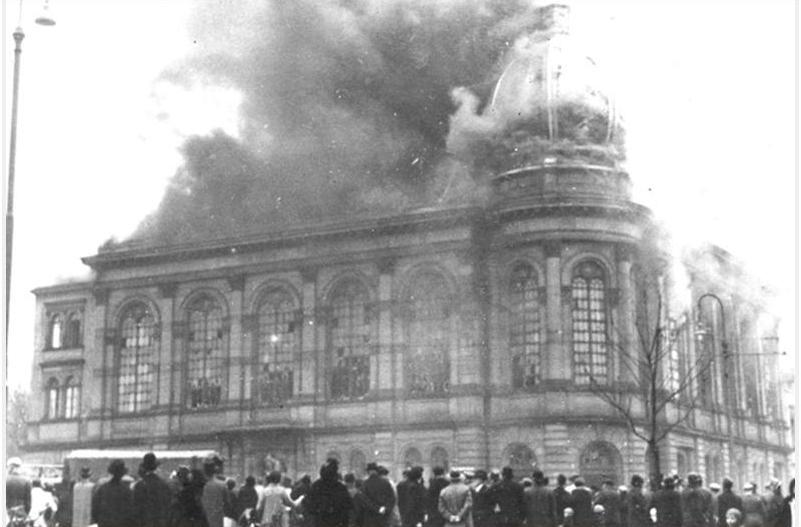
Citizens watching the burning synagogue in Frankfurt am Main, Germany, on Kristallnacht
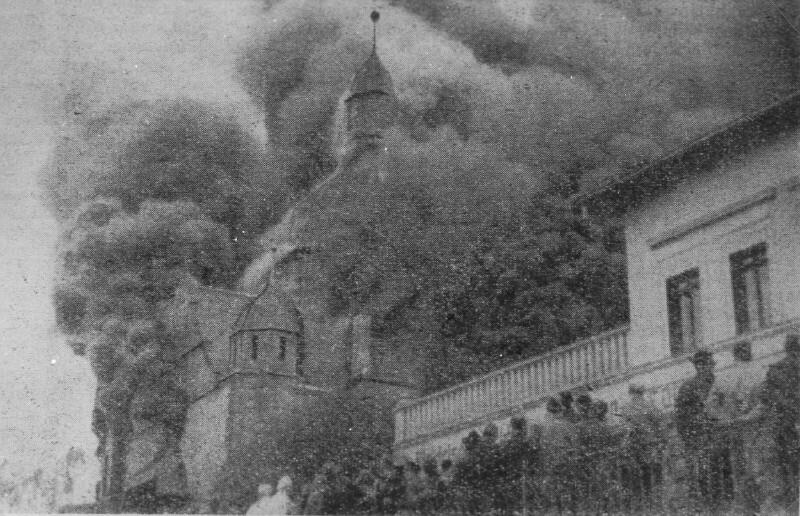
The enflamed synagogue in Siegen in during the Kristallnacht pogrom
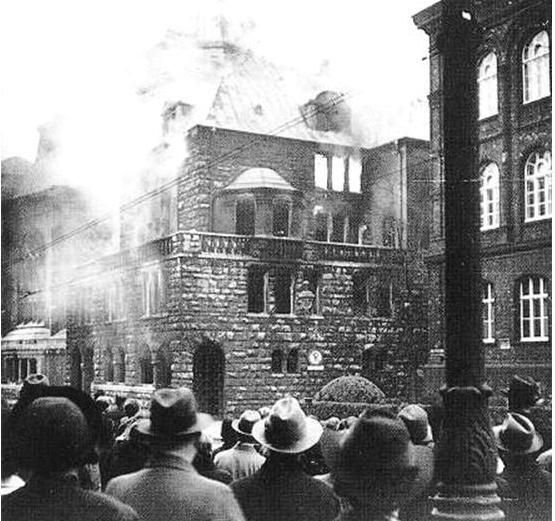
The synagogue in Essen, Germany, engulfed in flames. Local residents watch the scene.
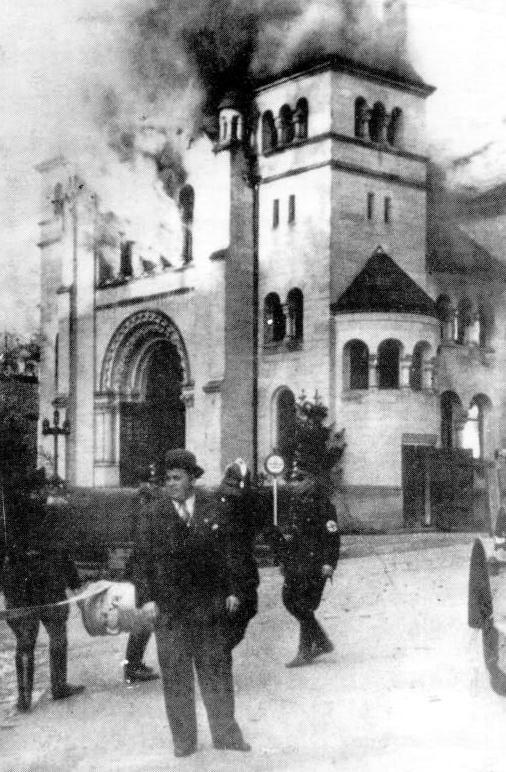
The synagogue in Baden-Baden in flames on Kristallnacht
Rabbi Shlomo Papenheim – Kristallnacht (Germany)

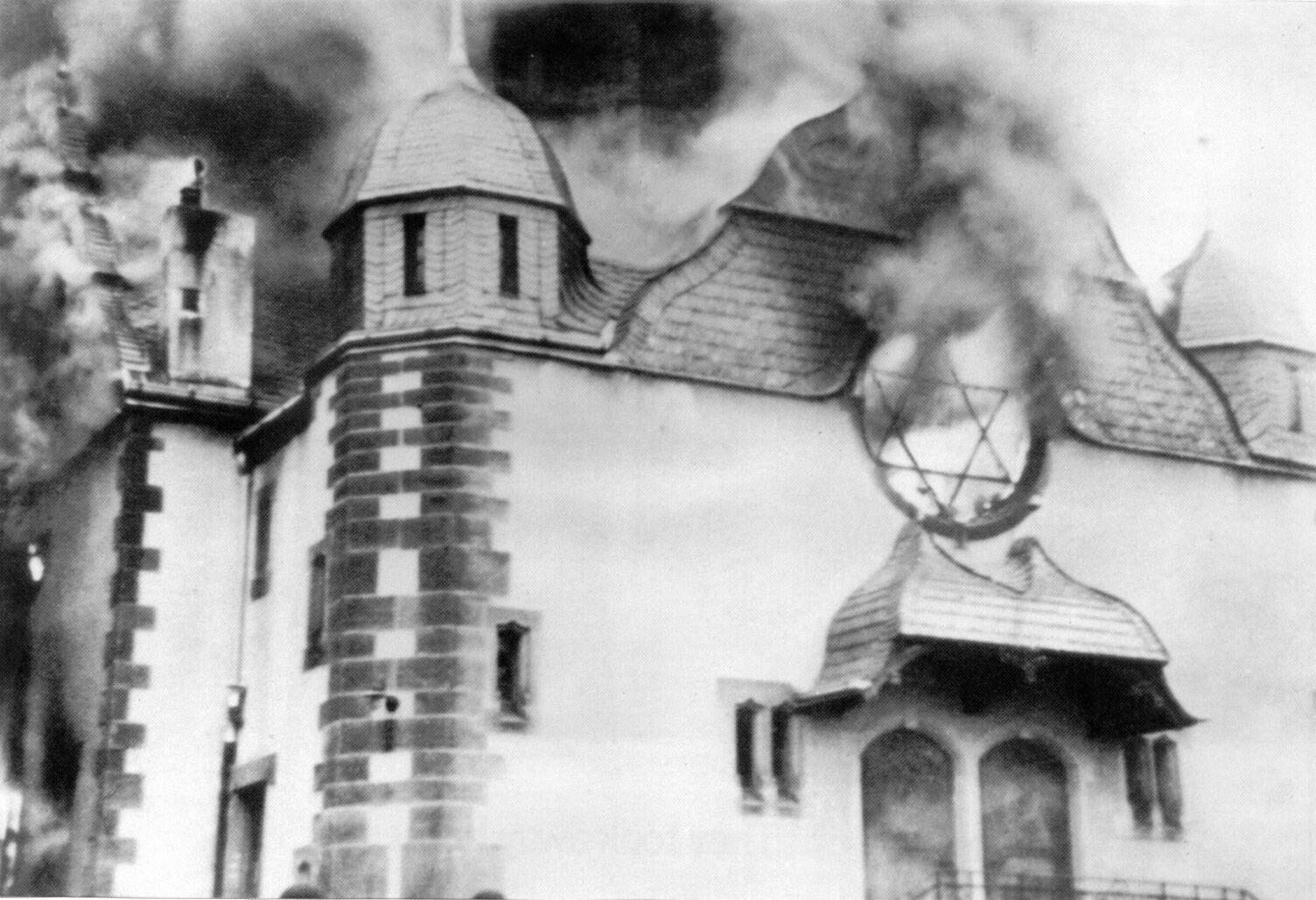
The enflamed synagogue in Siegen in during the Kristallnacht pogrom
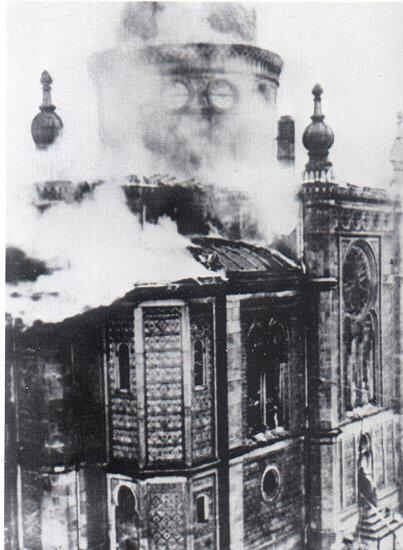
The synagogue in the Michelsburg neighbourhood of Weisbaden engulfed in flames during Kristallnacht
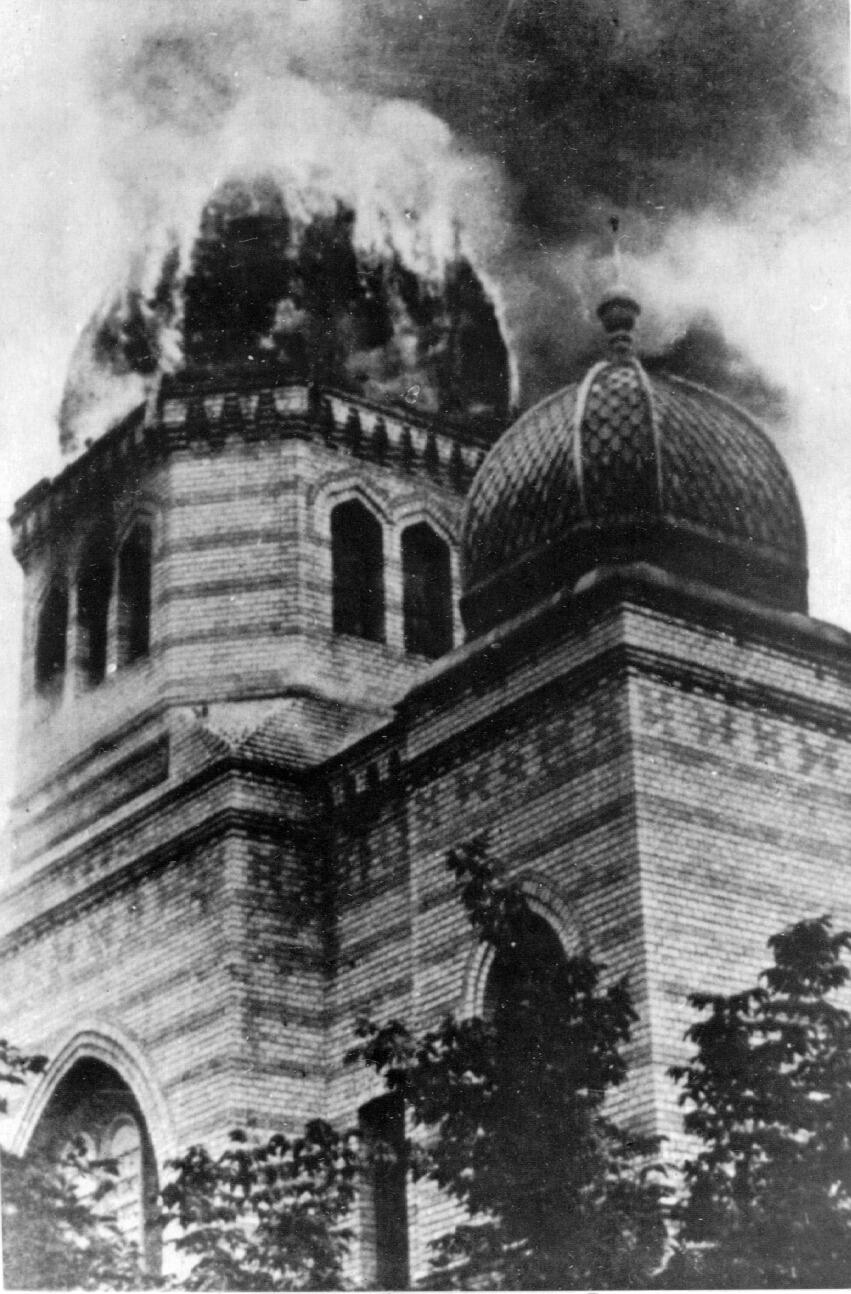
The synagogue on Oberschwelde Street in Frankfurt am Main, Germany, engulfed in flames during the Kristallnacht pogrom
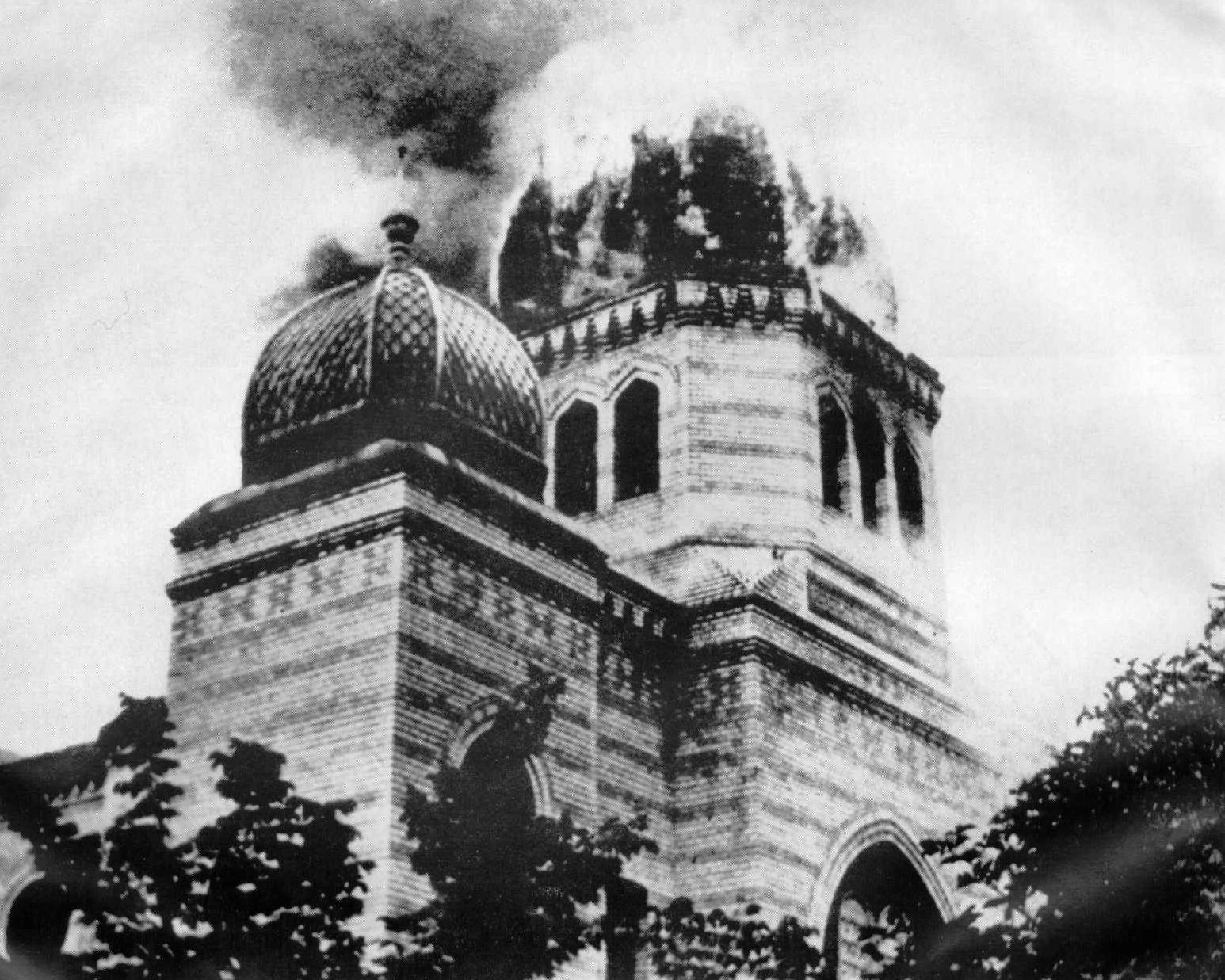
The synagogue on Oberschwelde Street in Frankfurt am Main, Germany, engulfed in flames during the Kristallnacht pogrom

The destroyed synagogue in Konstanz, Germany
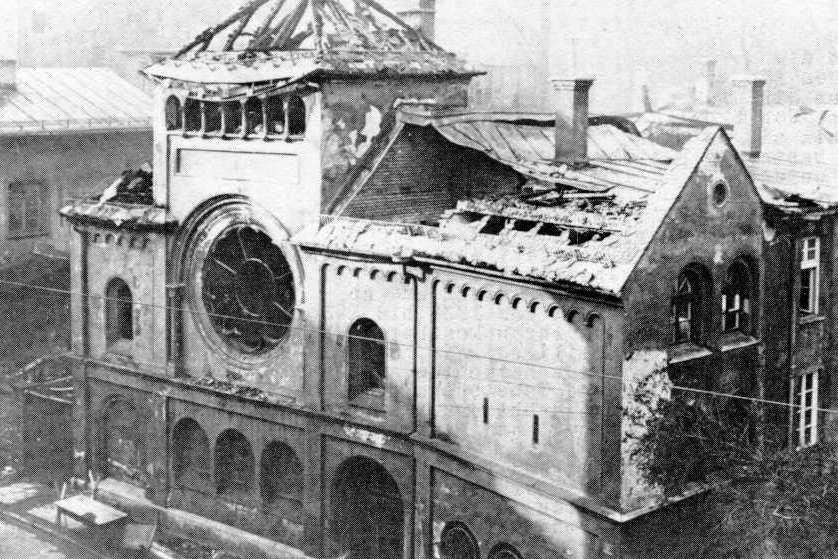
The old synagogue, “Ohel Yaakov” (Tent of Jacob) in Munich, Germany, the day after Kristallnacht

A synagogue in Hanover, Germany, after Kristallnacht

Ruins of the synagogue on Pesno Street in Berlin, Germany
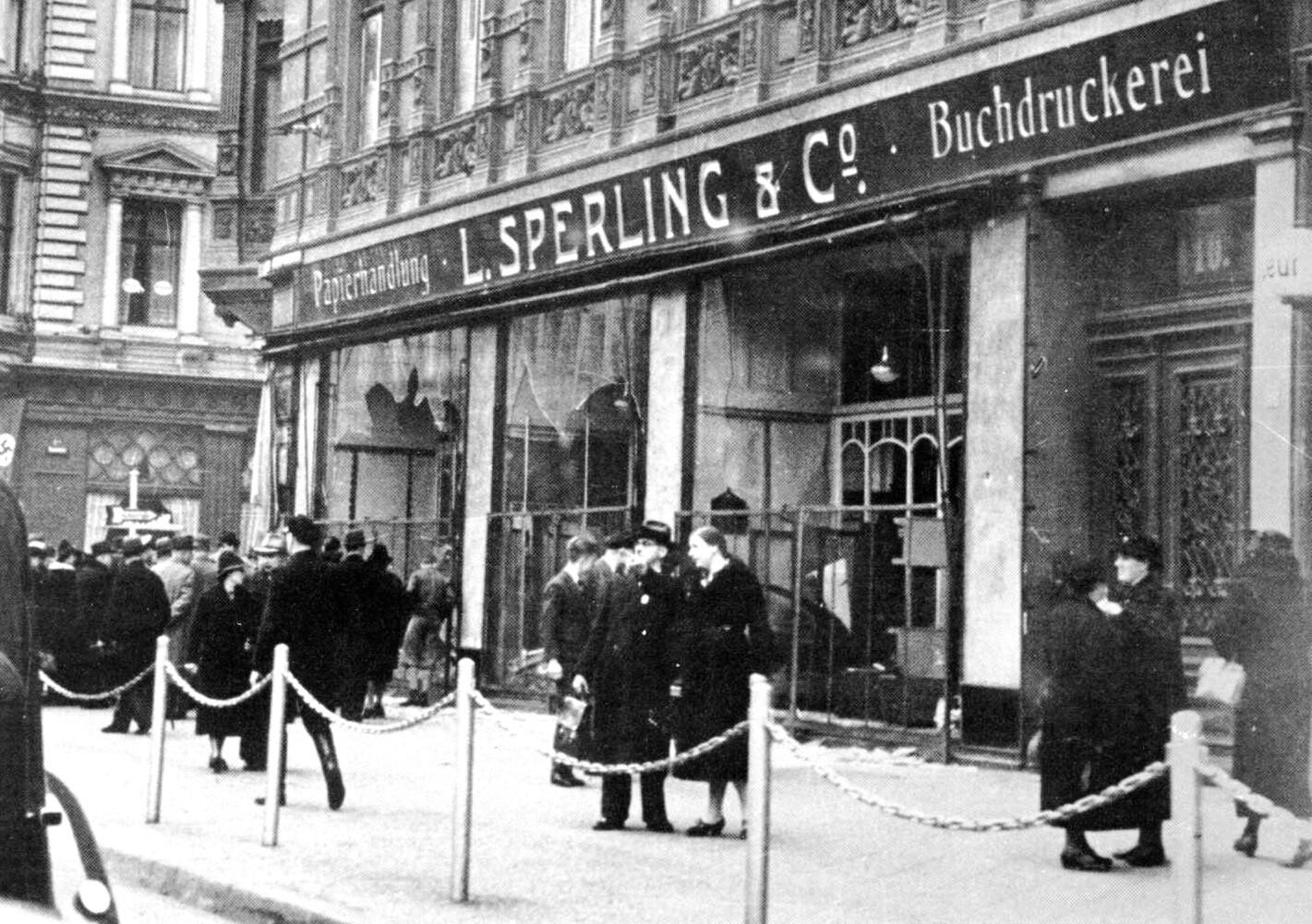
Jewish owned stores whose windows were smashed in Germany during Kristallnacht
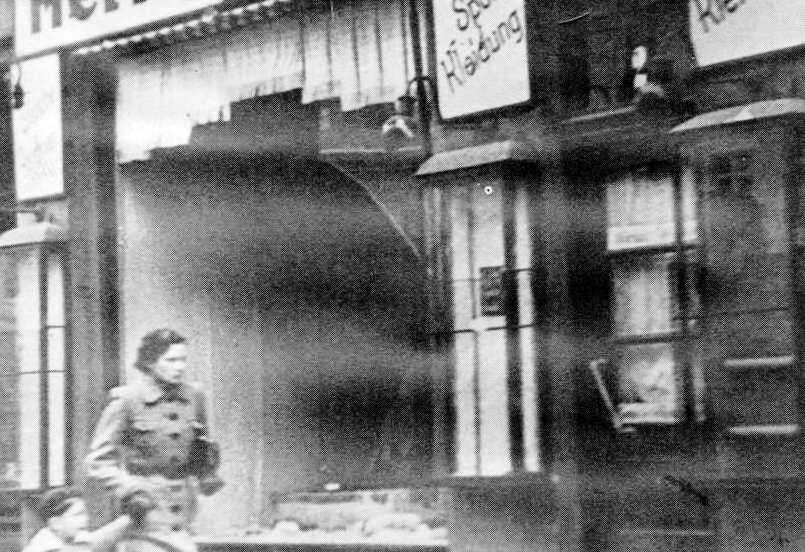
A Jewish owned store with its windows smashed during the Kristallnacht pogrom
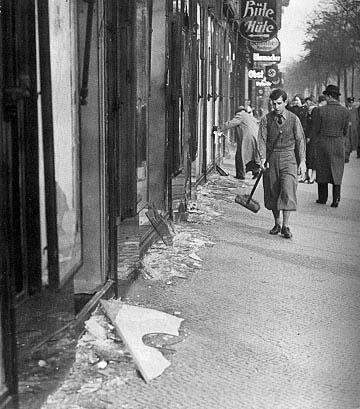
Jews cleaning up the broken glass of their store windows after Kristallnacht
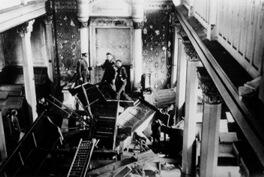
The desecrated appearance of the Orthodox “Ohel Yaakov” (Tent of Jacob) synagogue in Munich, Germany, after Kristallnacht
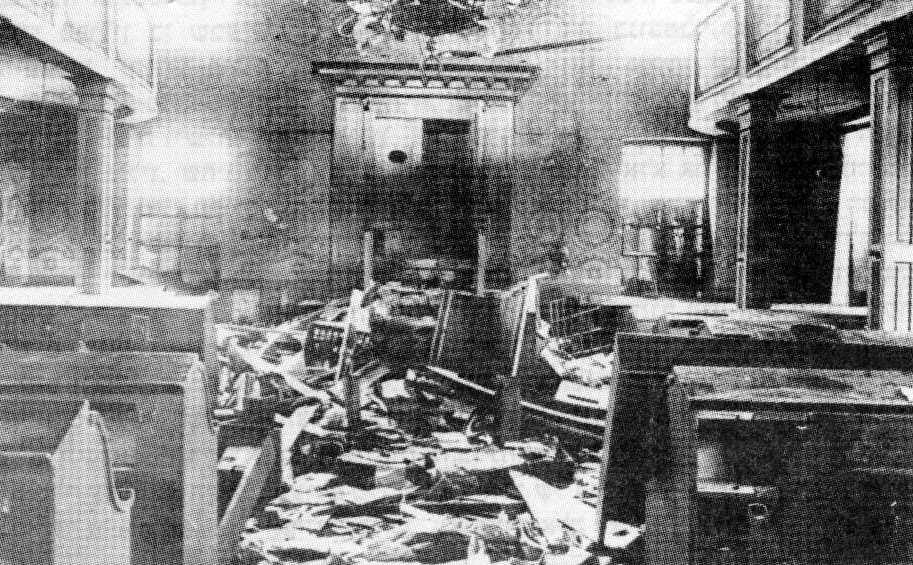
The interior of a synagogue in Eschwege, Germany, destroyed by the Nazis
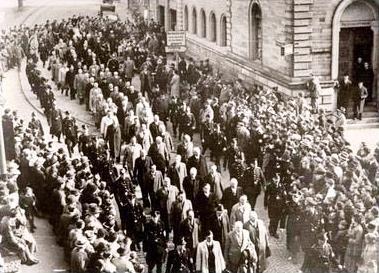
The Kristallnacht pogrom
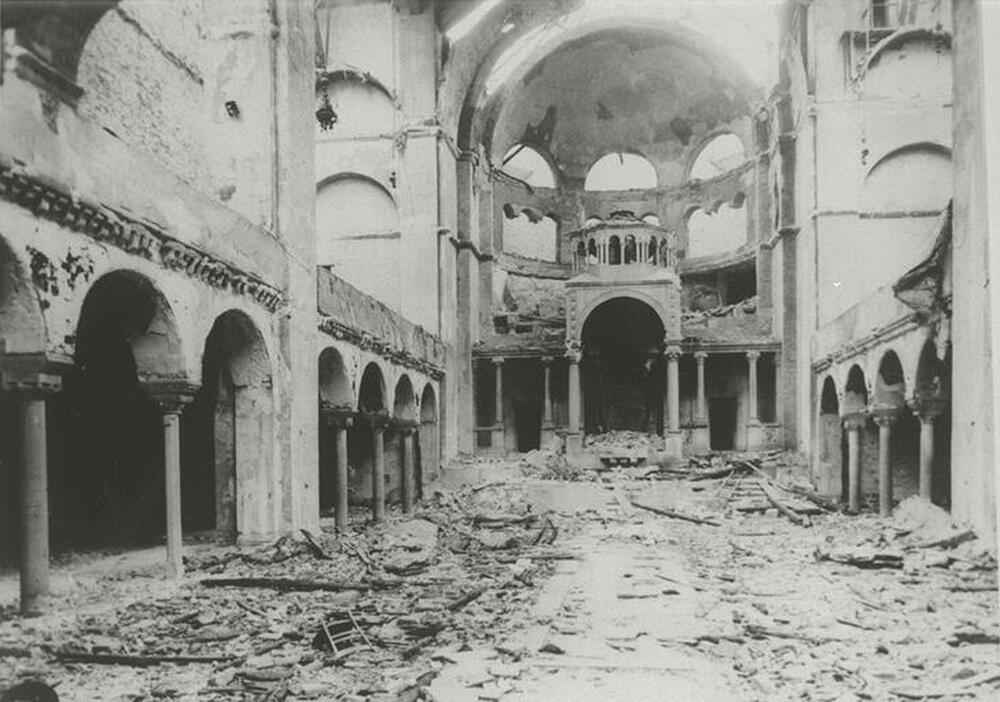
The interior of the synagogue on Poznanstrasse in Berlin, Germany after Kristallnacht
Rabbi Eliezer Shraga Rotenberg – Antisemitism in Germany and Kristallnacht (Germany)

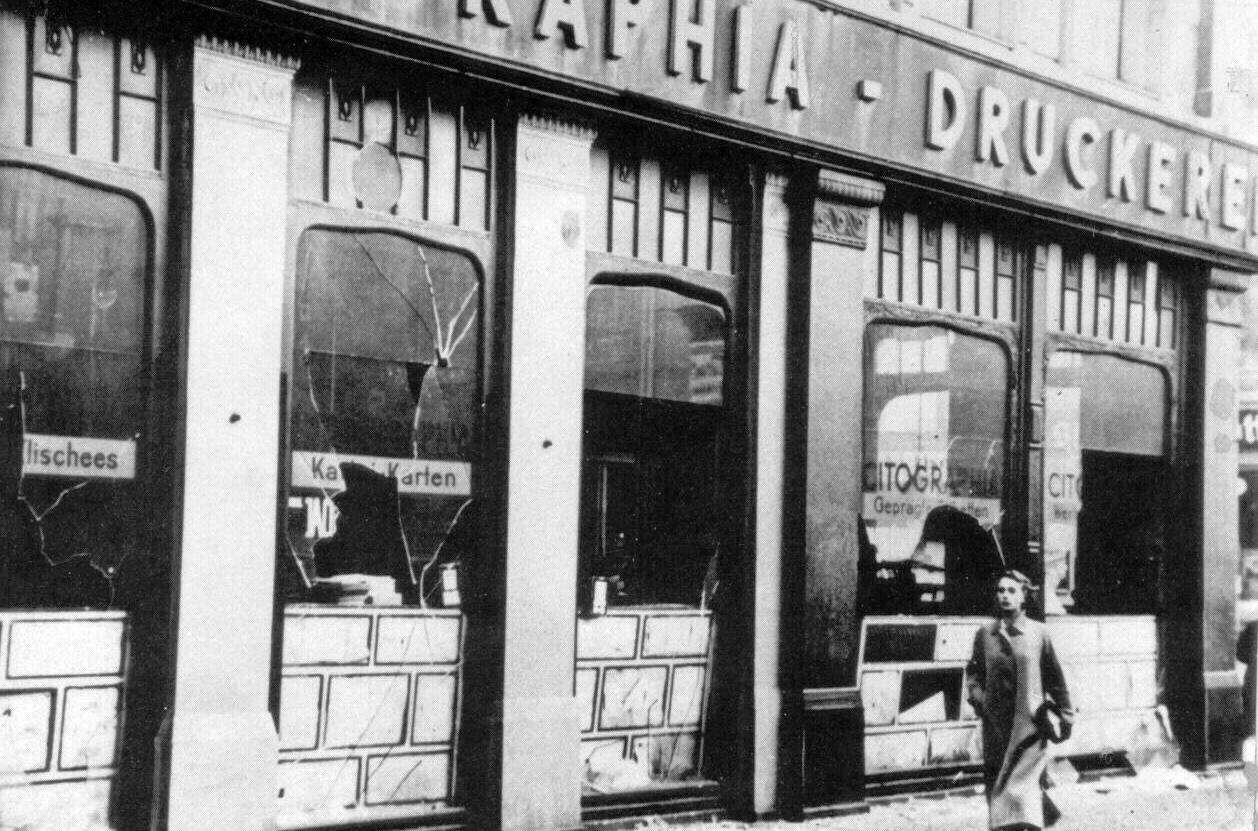
Smashed windows of a Jewish owned business after the Kristallnacht pogrom
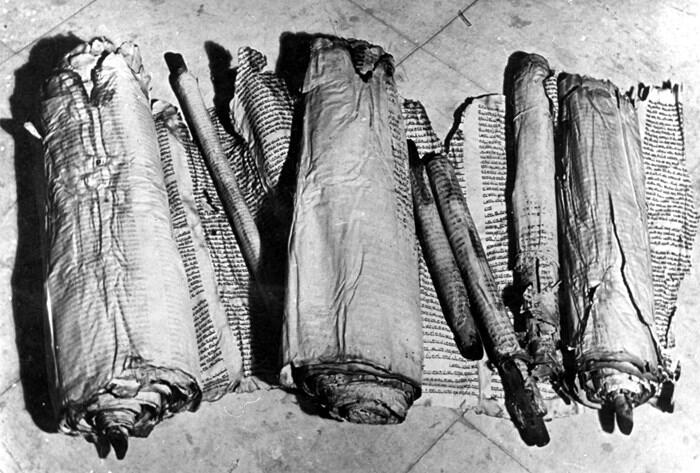
Torah scrolls that were desecrated during Kristallnacht
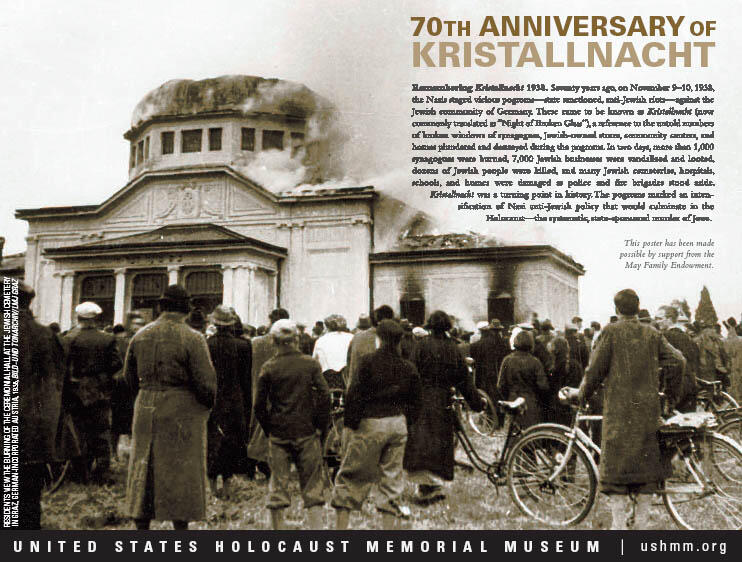
Local residents watching the funeral home engulfed in flames in Graz, Austria during Kristallnacht
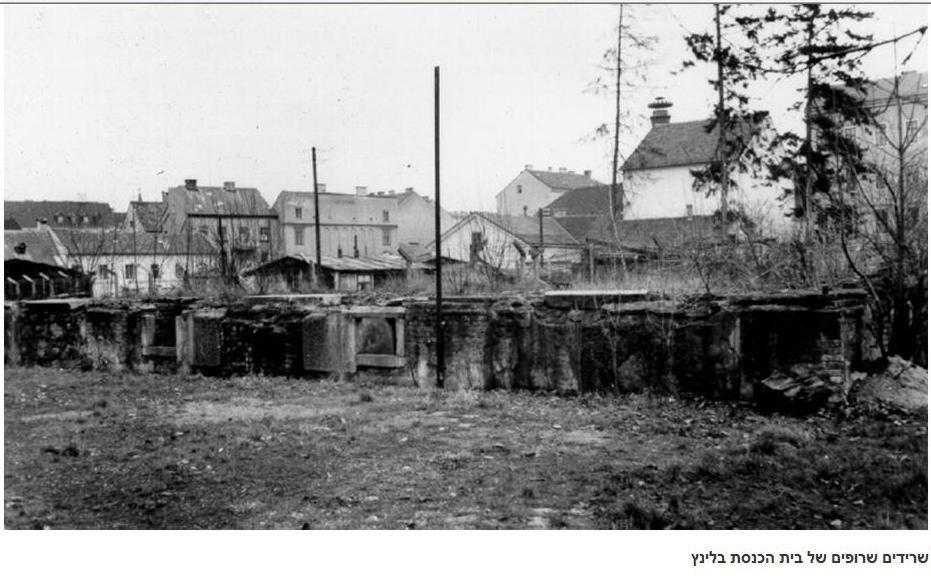
Ruins of the synagogue in Linz, Austria
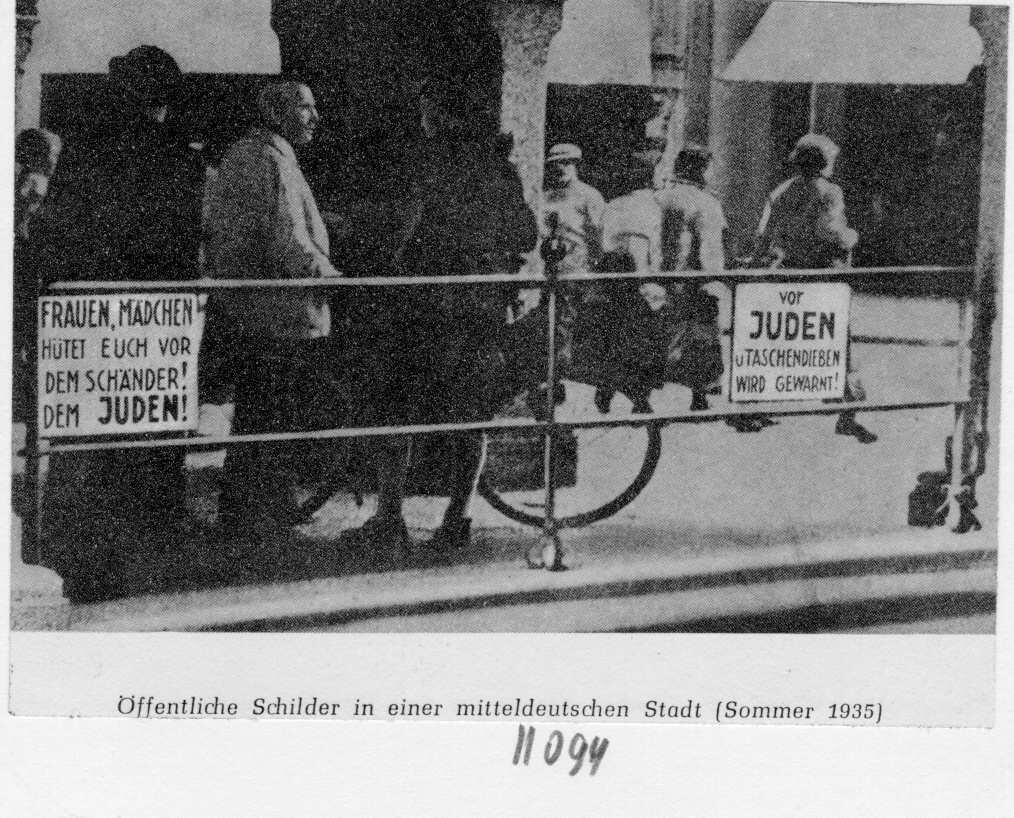
Signs on the streets preventing Jews from passing
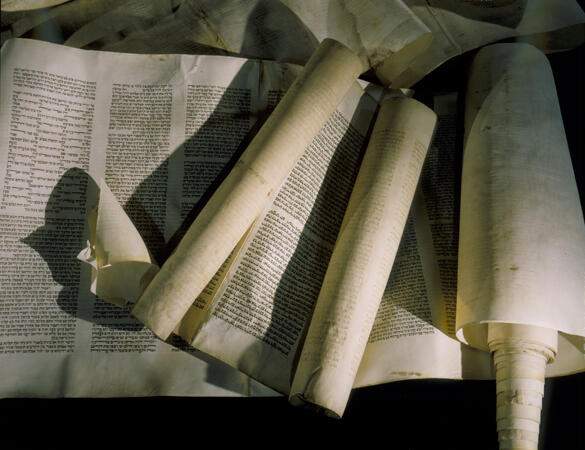
Pieces of desecrated Torah scrolls
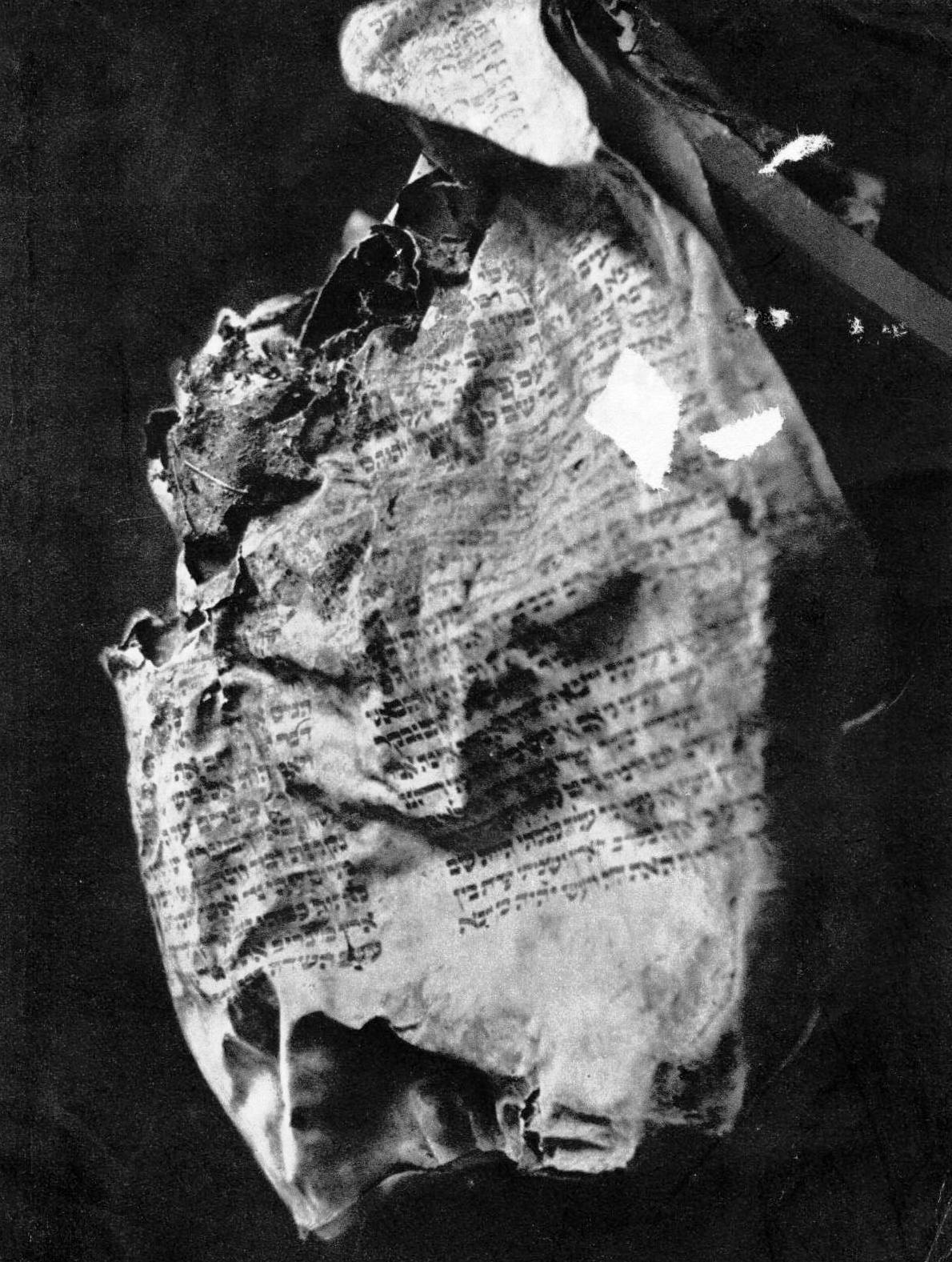
A piece of a desecrated Torah scroll
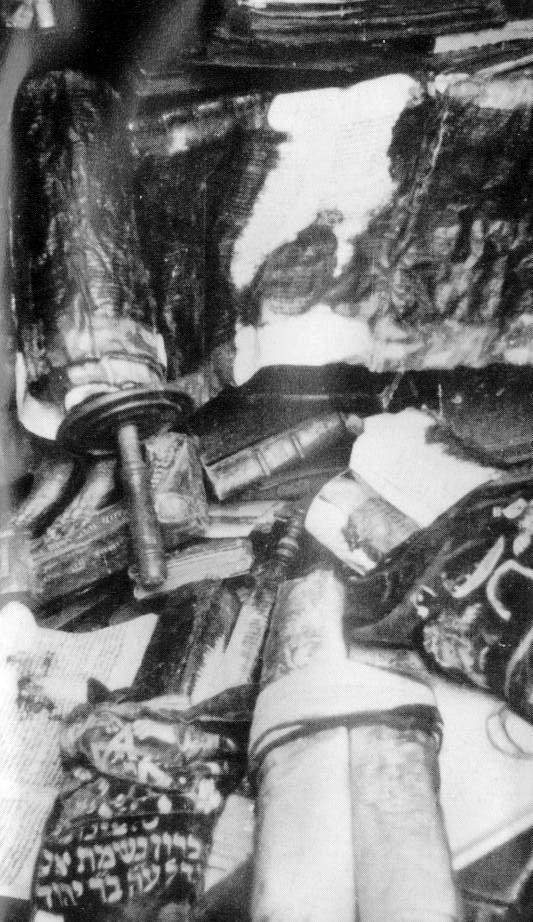
Torah scrolls desecrated by the Nazis
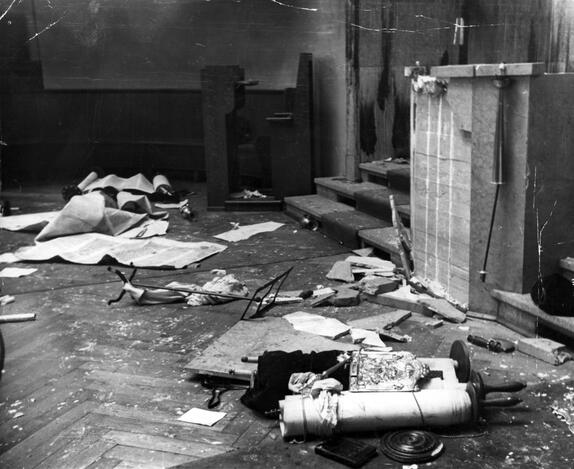
Torah scrolls disgracefully thrown on the floor in the “Ohel Yaakov” (Tent of Jacob) synagogue in Munich, Germany
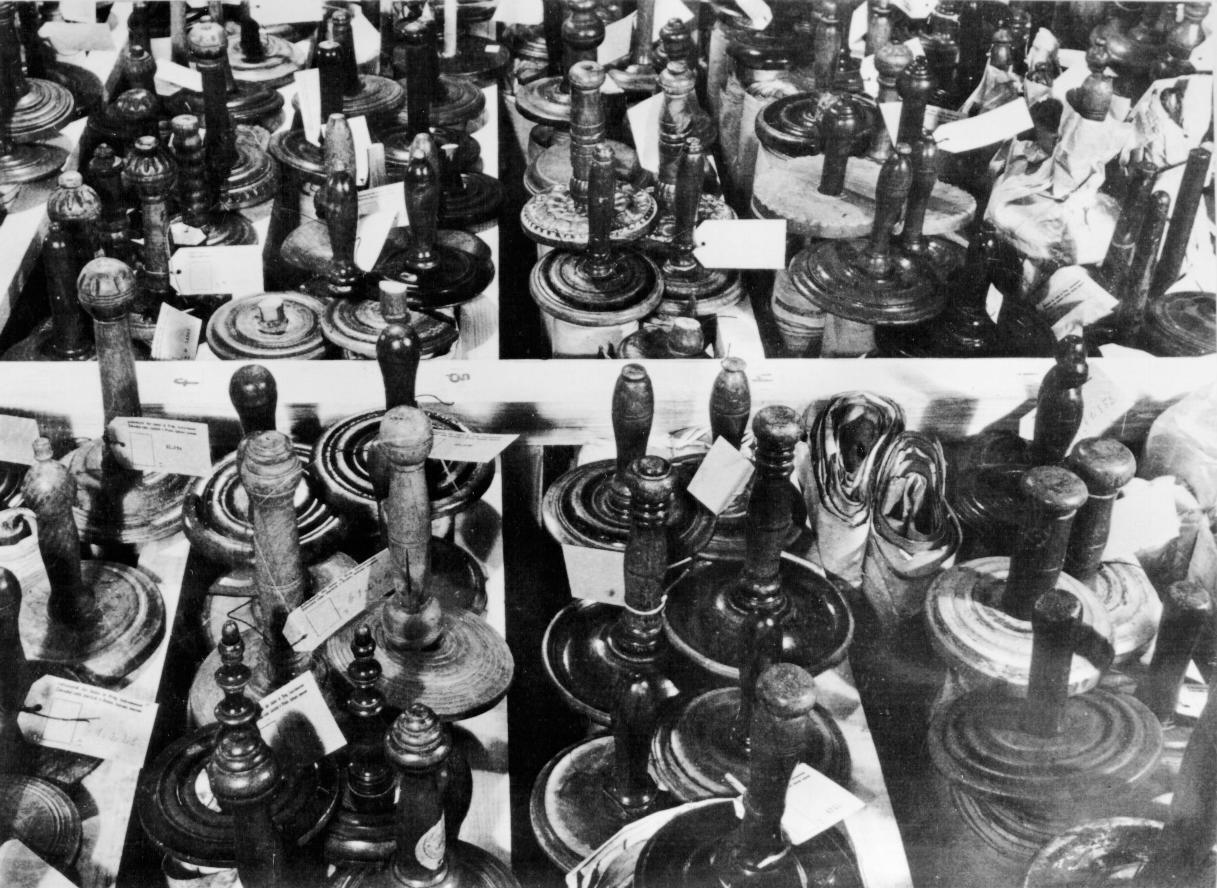
Torah scrolls that were looted from synagogues in Germany
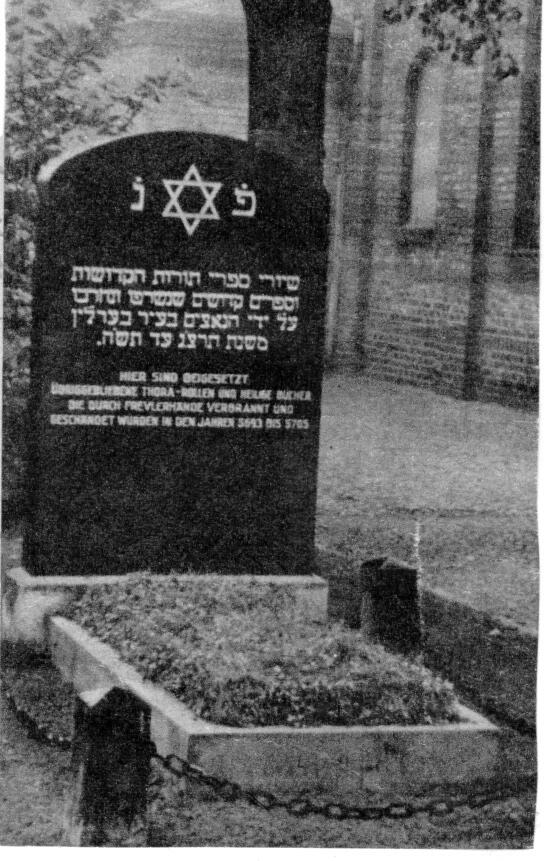
A gravestone at the grave of pieces of burned Torah schools and holy books in Berlin, Germany
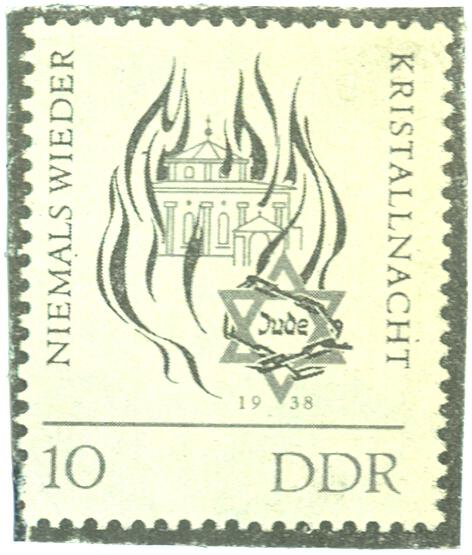
A postage stamp printed in East Germany to commemorate Kristallnacht
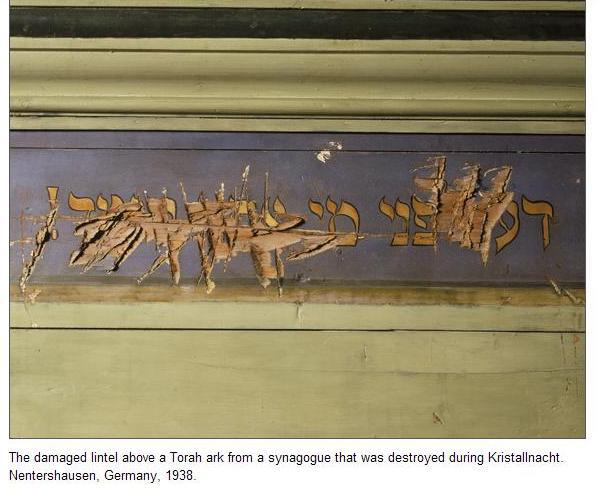
The damaged lintel above a Torah ark from a synagogue that was destroyed during Kristallnacht in Nenterhausen, Germany
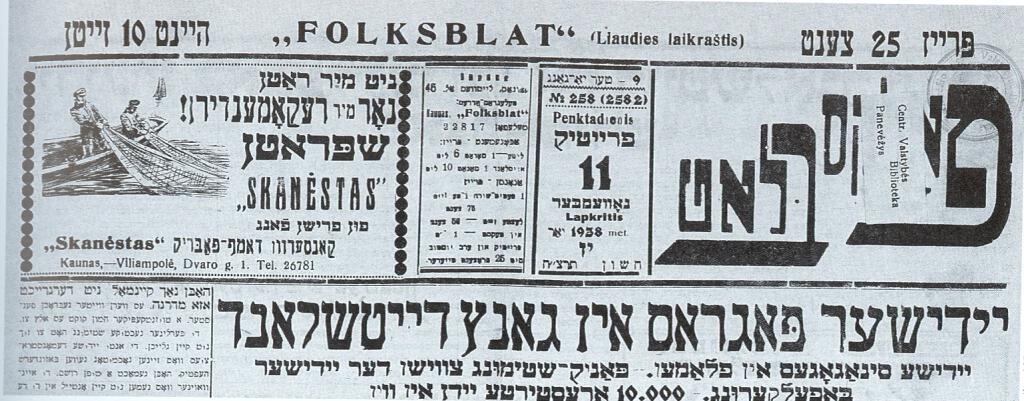
The headline of the newspaper “Folksblat,” published in Vilna, descrivbing the events of Kristallnacht in Germant

Smashed windows in a Jewish apartment building the day after Kristallnacht
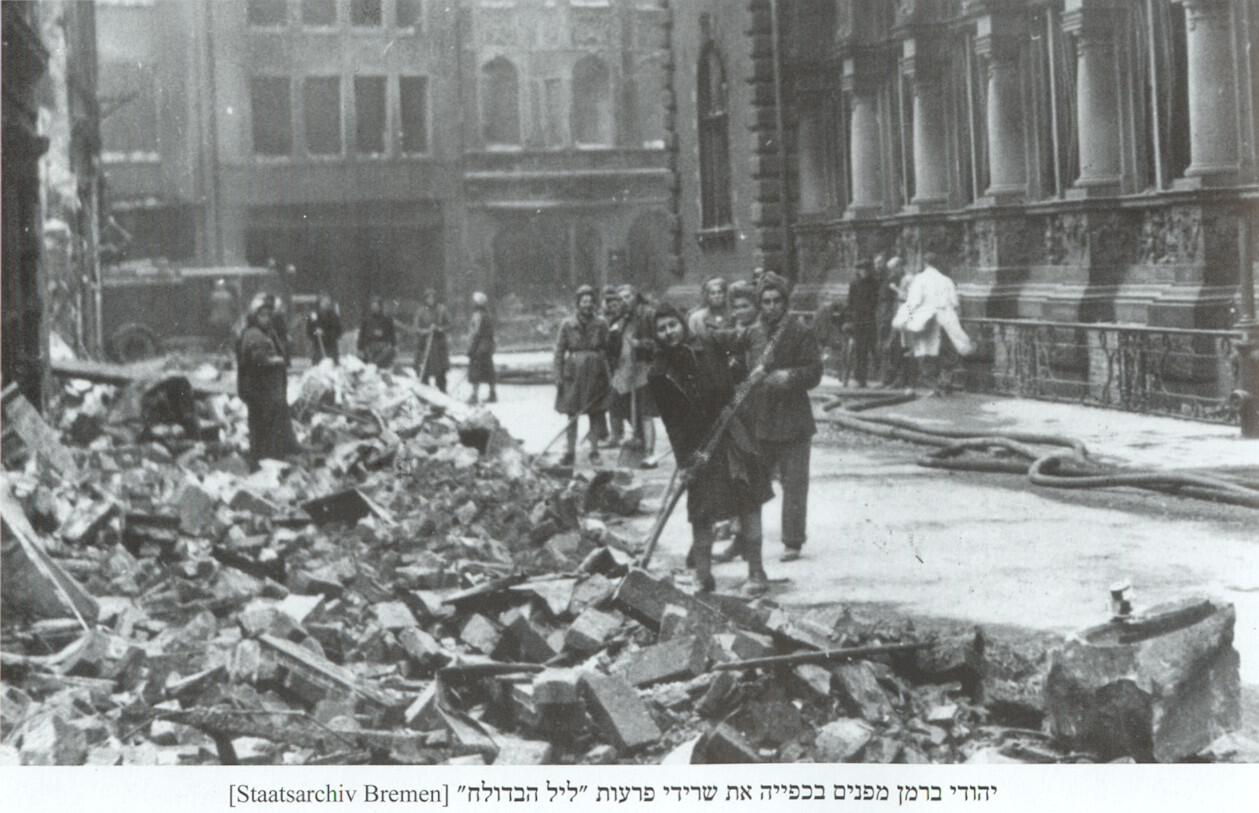
Jews in Bremen, Northern Germany, forced to clean up the ruins from the Kristallnacht pogrom

Nazis in the sanctuary of a synagogue in Baden-Baden, Germany. Before the synagogue was burned during Kristallnacht, the Jews were forced to gather there.





 HaRav Meltser Street 15, Bnei Brak
HaRav Meltser Street 15, Bnei Brak Sunday through Thursday from 10 AM to 5 PM
Sunday through Thursday from 10 AM to 5 PM 03-5703018, 03-5795589
03-5703018, 03-5795589
 mazkirut@ganzach.org.il
mazkirut@ganzach.org.il
 Visit us on Facebook
Visit us on Facebook







































